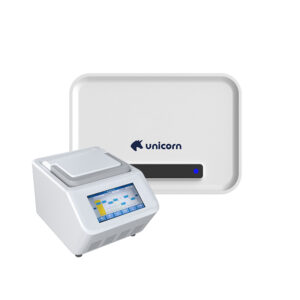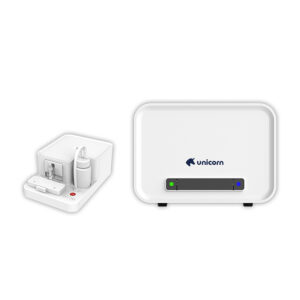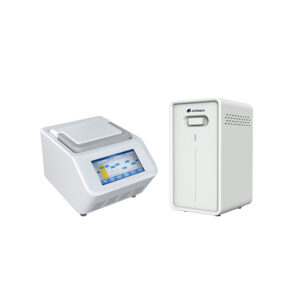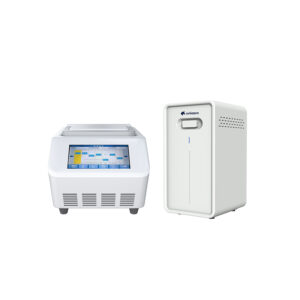Tumor Research
With the deepening of research at the molecular level of genes, more and more tumor cell signaling pathways have been discovered. A large number of clinical studies have shown that the amplification/mutation/expression status of specific genes in the pathways are closely related to the effectiveness of targeted and chemotherapy drugs. relevant. Therefore, by clinically detecting the amplification/mutation/expression of specific genes in these pathways, a set of the most suitable treatment plan can be tailored for each patient, thereby maximizing the effectiveness of treatment and reducing the need for drugs. Toxic and side effects, to avoid delaying the timing of treatment due to inappropriate medication.
Currently, the US FDA (Food and Drug Administration) has mandated that genetic testing such as EGFR and KRAS be performed before medication. Another authoritative organization, NCCN (National Cancer Comprehensive Treatment Network), has incorporated genetic testing such as EGFR, KRAS, ERCC1, RRM1, and HER2 into cancer treatment guidelines.
Unicorn Lifescience has designed corresponding digital PCR detection kits for these common tumor gene loci, helping doctors to understand the changes of related genes in the body of patients after medication in a timely manner, and to guide medication more accurately.
Breast cancer is the first common malignant tumor among women. About 25% of breast cancer patients have human epidermal growth factor receptor-2 (Human Epidermal growth factor Receptor-2, HER-2) gene amplification. HER-2 is a clear prognostic indicator and predictive indicator of drug treatment effect in breast cancer. Detection of high expression of HER-2 gene is of great significance for the prognosis of patients and the selection of treatment options. HER-2 is a clear prognostic indicator of breast cancer and a predictor of drug treatment effect.

“Digital PCR dilutes target nucleic acid molecules into a large number of droplet units. Each droplet contains one or more, or does not contain target DNA templates. The droplet units are independently amplified in parallel. After the amplification, the target molecule template is contained. The microdroplets will give a fluorescent signal, and finally according to the Poisson distribution principle and the proportion of positive microdroplets, the analysis software can calculate the concentration or copy number of the target molecule. Therefore, the absolute quantification of the target molecule can be performed without a standard curve. “





